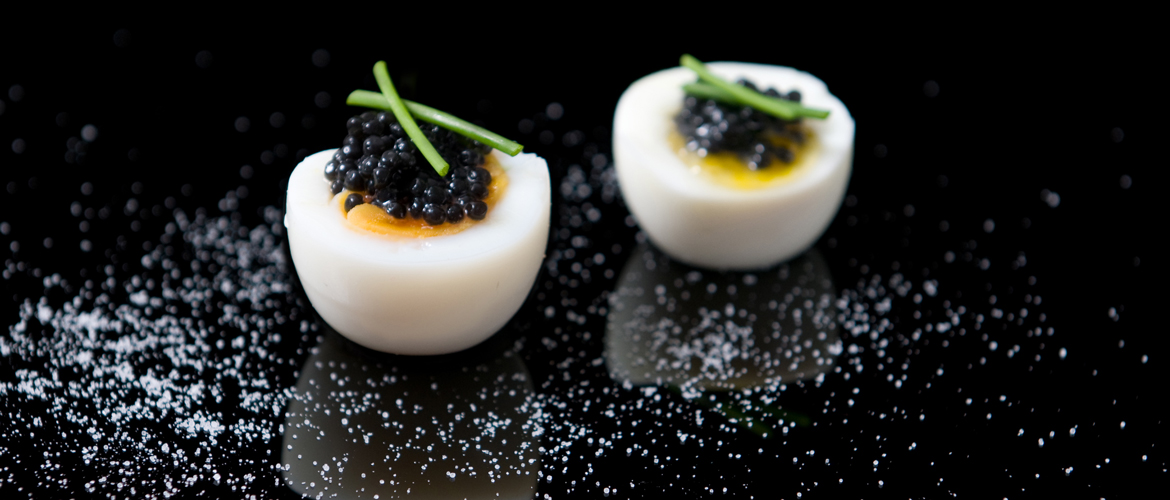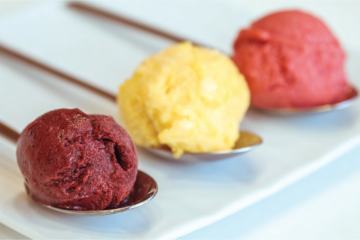
The luxurious history of caviar
Caviar is the ultimate symbol of opulence and richness, a bite meant to impress and stimulate your senses. However, long before it was considered a luxury product, caviar was served free of charge in American bars, in order to encourage drinking. What is now traditionally regarded as a hors d’oeuvre has once started as a mere appetizer. There are a lot of interesting stories about caviar and all include treachery, distortion, an almost extinct species and a dash of gold.
The first known record of caviar dates back to the Greek scholar Aristotle. In the 4th century BC, he described this delicacy as the eggs of the sturgeon, heralded into banquets amongst trumpets and flowers. The British kings of the Middle Ages used to reserve all the sturgeon for their own consumption, set-aside solely for royalty. However, it was the Persians who first prepared and savoured sturgeon roe, as they attributed many medicinal powers to it.
The word caviar originates from the Turkish word khavyar, which appeared for the first time in English print by 1591. Dating back 250 million years to prehistoric times, the sturgeon has been a part of the Middle Eastern and Eastern Europe diet for the majority of man’s history.[1]

In the late 19th century, America’s waters were abundant with sturgeon and the German immigrant Henry Schacht was the first who took advantage. In 1873, he set up a business exporting caviar to Europe for the seemingly high price of one dollar per pound.[2] Other entrepreneurs soon followed, and by the end of the century, the United States consolidated their position as the largest exporter of caviar in the world.
The deceit become clearer when much of the harvest shipped to Europe was imported then back to the USA, labelled as Russian caviar, as the product that came from the Russian rivers had always been considered premium. In 1900, the state of Pennsylvania issued a report estimating that 90% of the Russian caviar sold in Europe was in fact produced and encased in the United States. This caviar boom brought sturgeon nearly to the point of extinction, on account of overfishing. By the 1960’s, the prices were so high that new sources of domestic caviar had to be sought.
Contrary to popular belief, champagne is not the right fit for caviar. Vodka is![3]
Fine caviar should always be served simply, very cold and on a non-metallic bowl, nested inside a larger bowl filled with ice. Silver and metal bowls and utensils should be avoided due to oxidation, which may transfer a metallic taste to the caviar. We advise you to choose servers and utensils made of glass, bone, tortoise shell, wood, plastic, or if you want to be truly traditional, mother-of-pearl or gold. The common accompaniments are lemon wedges, sour cream, crème fraîche, hard-cooked egg (yolks and whites chopped separately), and minced onion. Lesser quality caviar products may well benefit from these garnishes.
Always remember that the finest caviar should never taste fishy or overly salty. Connoisseurs look for shiny, fine-grained egg globules.[4]
Sources:
[1] History of Caviar as Food (thespruce.com)
[2] Caviar Etiquette and Utensils (thespruce.com)
[3] Idem
[4] A Caviar History (calvisius.com)









